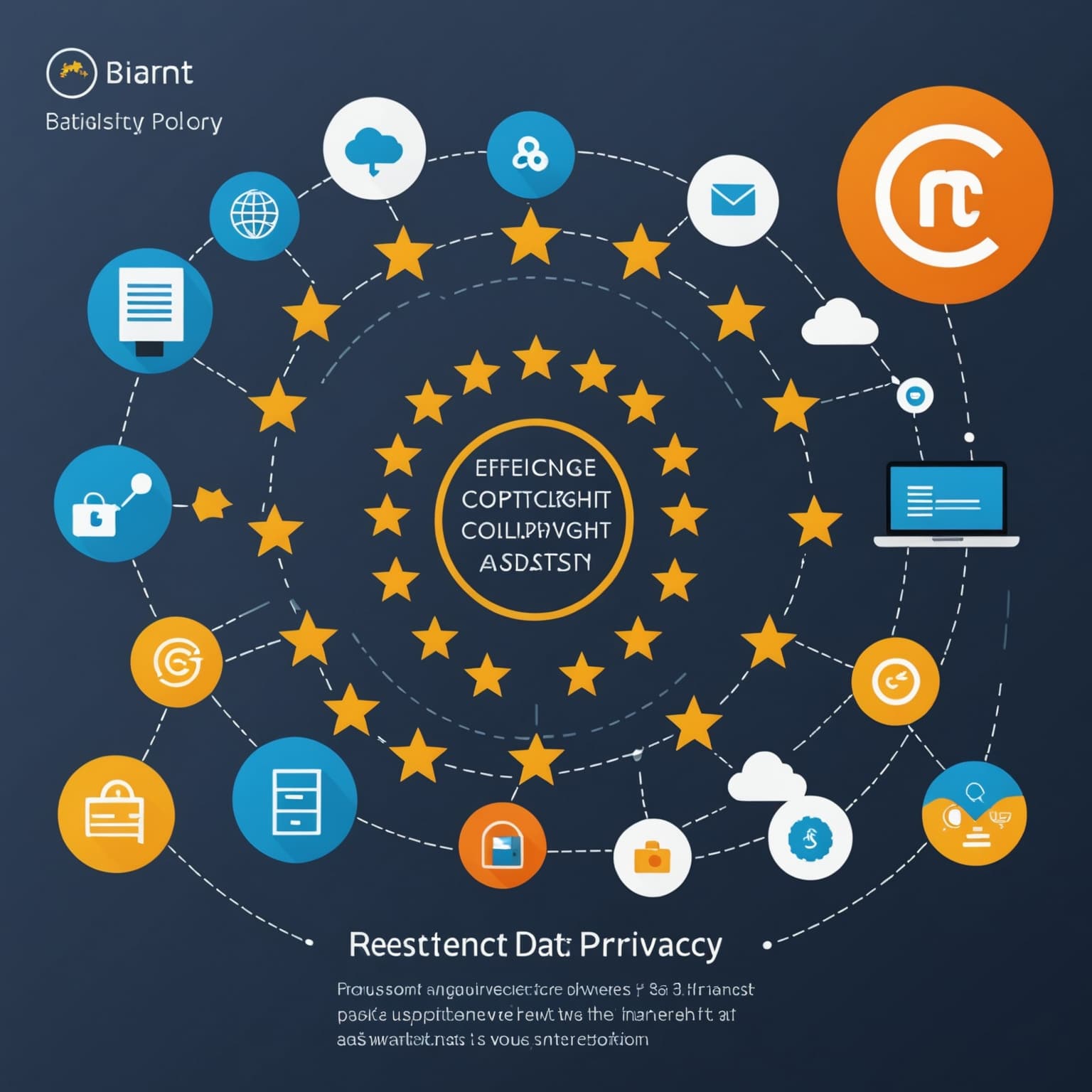Breaking Down SaaS Pricing Models: What You Need to Know

Breaking Down SaaS Pricing Models: What You Need to Know
The Software as a Service (SaaS) sector has revolutionized how businesses operate, offering cloud-based solutions that reduce the need for extensive hardware installations and maintenance. An essential aspect of SaaS success is the pricing model adopted. This article delves into the popular pricing strategies employed by SaaS businesses, their advantages, disadvantages, and best practices.
Understanding Subscription-Based Pricing
Subscription models are the backbone of most SaaS platforms. This model typically involves customers paying a recurring fee (monthly or annually) for access to the software. It's favored for its predictability in revenue and the steady cash flow it provides.
Key variations include tiered pricing, where different levels of service or features are unlocked at various price points, and volume-based pricing, which offers discounts as customer usage increases.
Subscription models also often include freemium strategies, where basic features are free, but premium features have a cost. This can be an excellent way to attract new users who can later convert into paying customers.








